The conquests of the Phoenicians, Romans, Moors and Christians brought Lisbon’s gastronomy and culture into one city. It is a destination home to castles, luxury hotels, museums, fine restaurants and numerous attractions throughout the surrounding area. Whether it is the first or tenth visit, here are some activities that match the popular attractions of the Portuguese capital.
Lisboa Story Centre
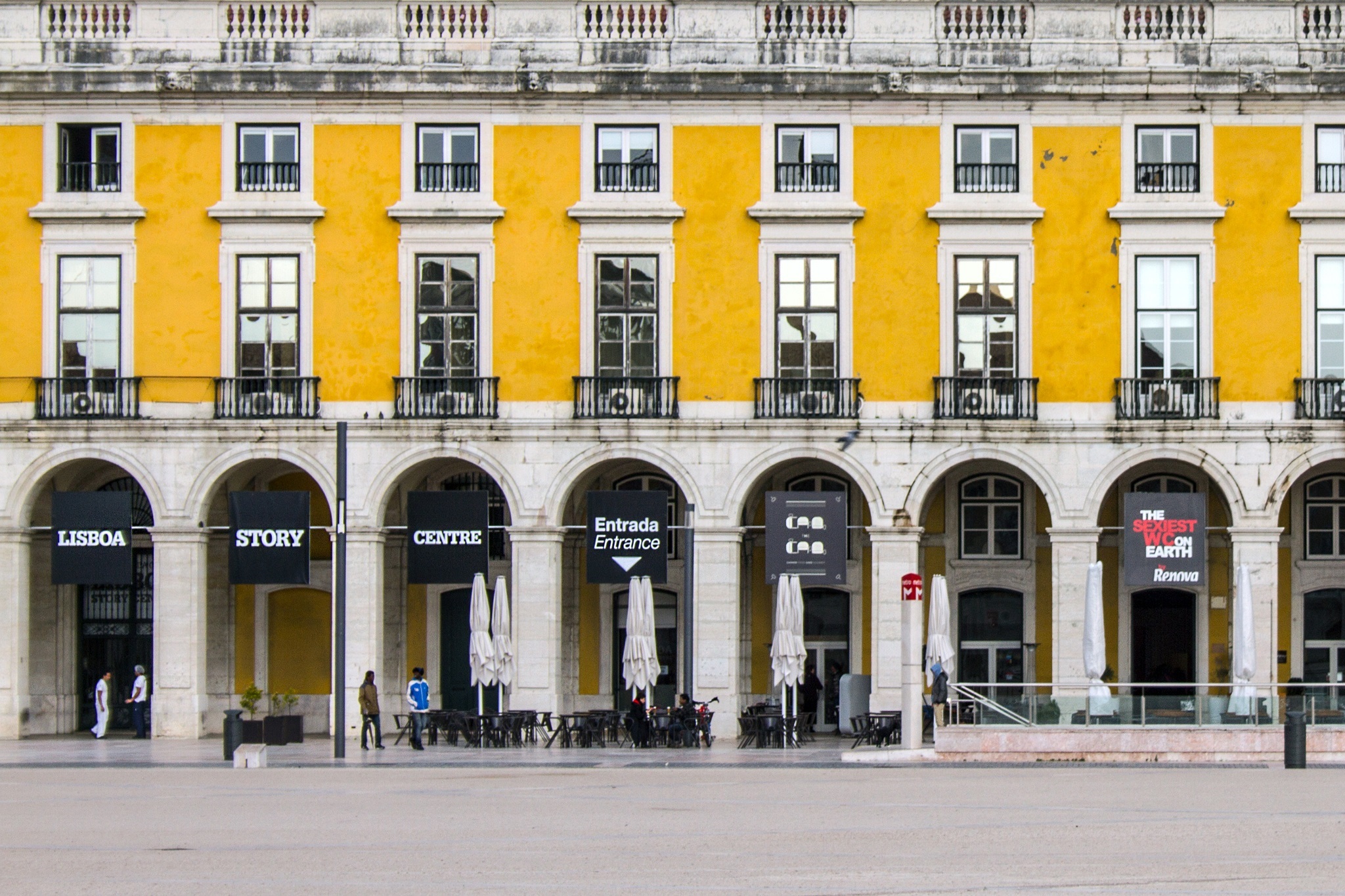
The innovative Lisbon Story Center in Terreiro do Paco Square is the best place to learn about the evolution of the city. The center is equipped with elaborate computer-operated installations and relaxing audio guides. After entering the 16th century mock warehouse full of wine barrels, visitors will immediately see the sweetness of coffee, cardamom and saffron.
These products were transported by Caravela ships centuries ago, giving the aroma of city history. In this tour, you will learn why Lisbon became the capital in 1253, how to choose the crow as its symbol, when the crow became the center of world exploration for adventurers such as Vasco de Gama and Columbus, and the devastating earthquake in 1755 which changed the city forever.
Sao Jorge Castle
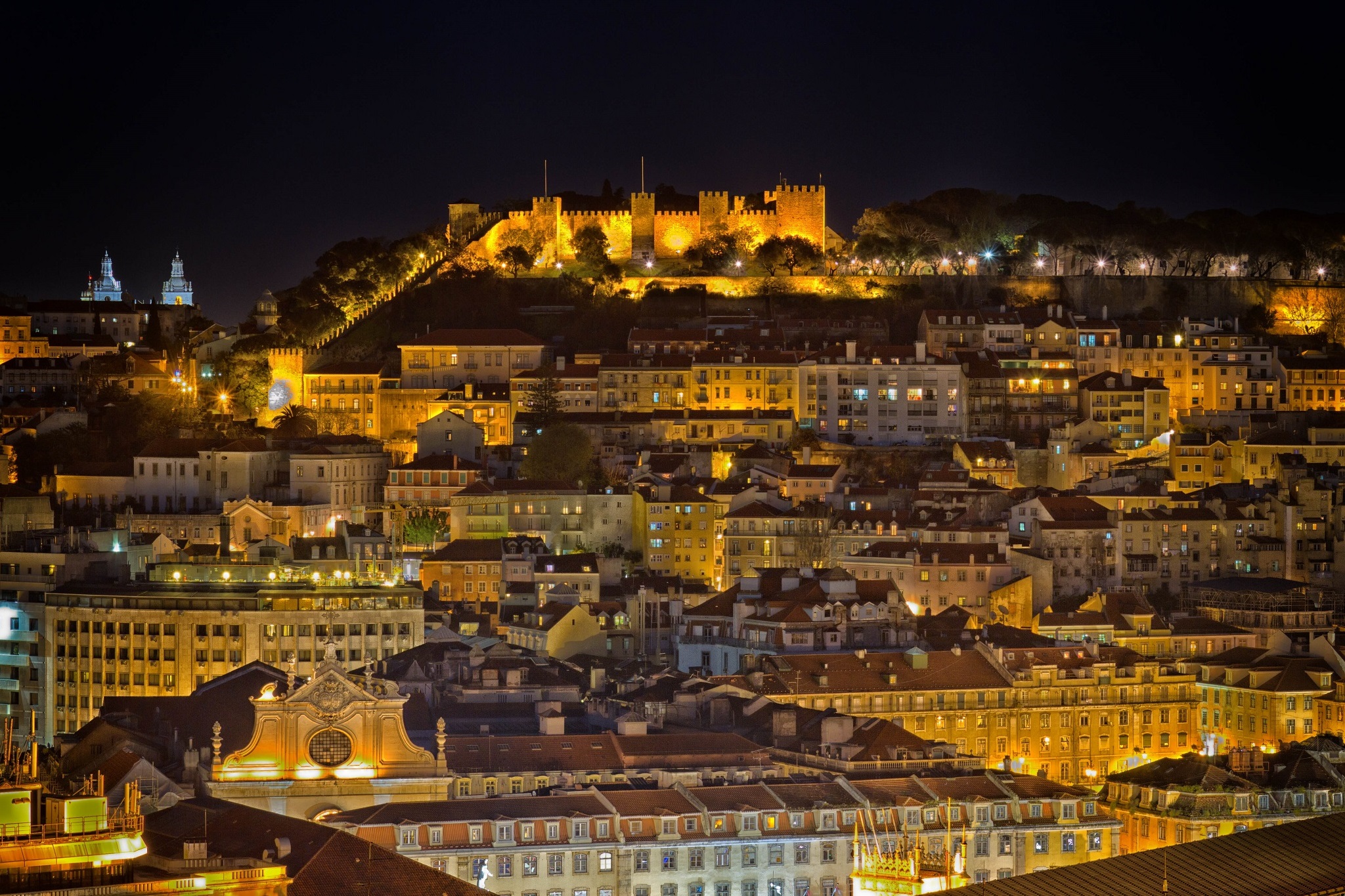
Since Lisbon is very compact, it is best to travel by tram instead of car. Tram 12 runs along the steep streets, not only can you enjoy the panoramic view of the Tagus River and the red roofs of Alfama, but it also takes you to the most famous castle, the São Jorge Castle. It dates back to the 6th century, was previously occupied by the Romans and Visigoths, and later used as the residence of the Moors.
Occupied in 1147, it later became the property of Afonso Henriques, the first king of Portugal. The castle is home to the city’s oldest map and beautiful 15th-century mosaics, and the Tower of Ulysses contains a hidden Câmara Escura telescope with views from around Lisbon. Wander through the archaeological excavations where Phoenician and Moorish artifacts have been unearthed, this is the oldest in the 7th century BC.
Museum of Design & Fashion
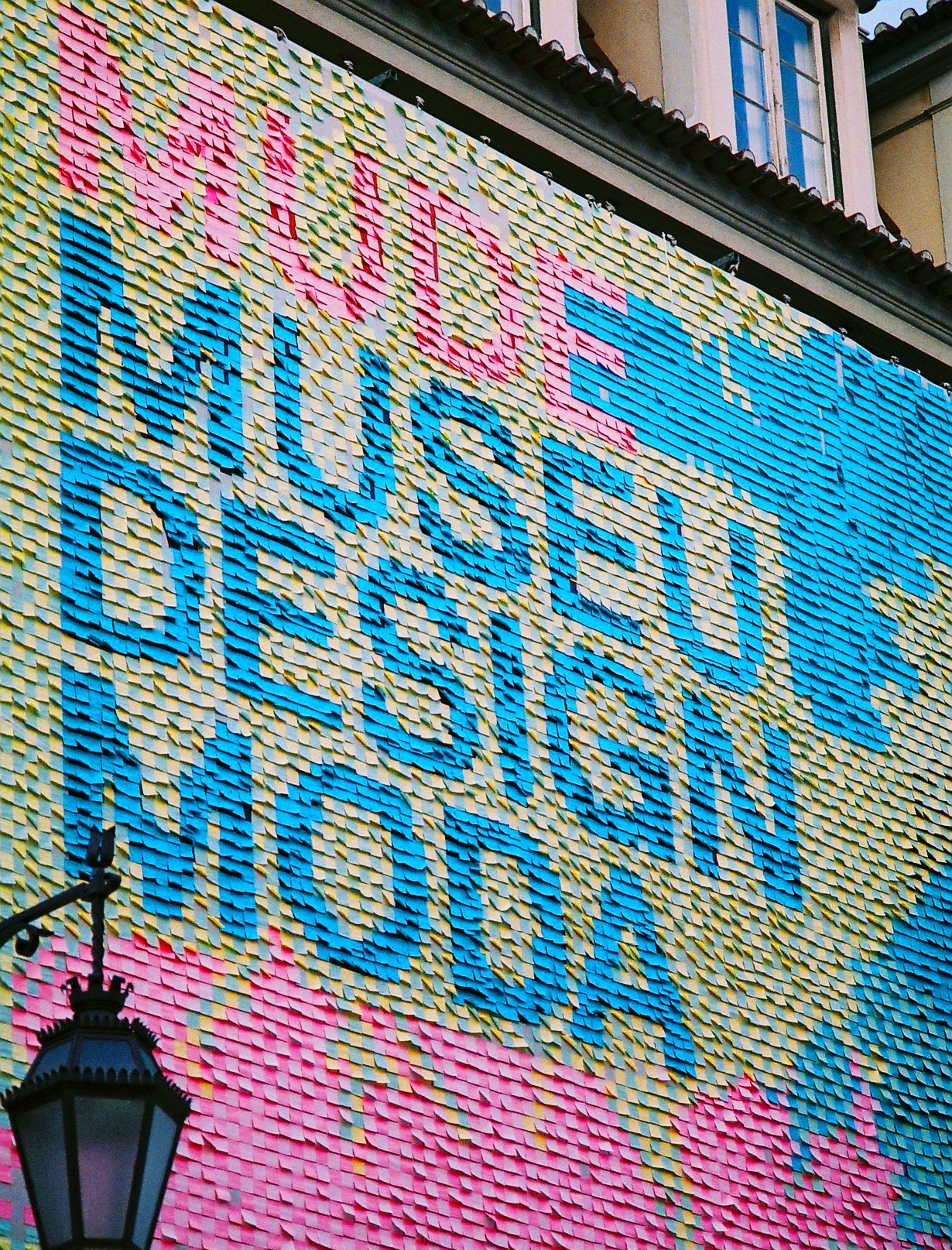
Among the museums in Lisbon, the Museum of Design and Fashion (MuDE) is one of the best in the area. Its collection is spread over several floors, including the works of more than 230 designers such as Philippe Starck, Masanori Umeda and Tom Dixon. It also uses furniture, glass and jewelry from the 1930s to the present.
Fashion shows of Jean Paul Gaultier, Vivienne Westwood and Yves Saint Laurent are among them. What impressed us was the Jean Dessès dress worn by Renee Zellweger at the 2001 Oscars, Christian Dior’s landmark 1947 New Look and the costume design of António Lagarto from Matrix and Sleeping Beauty.
Fado Museum
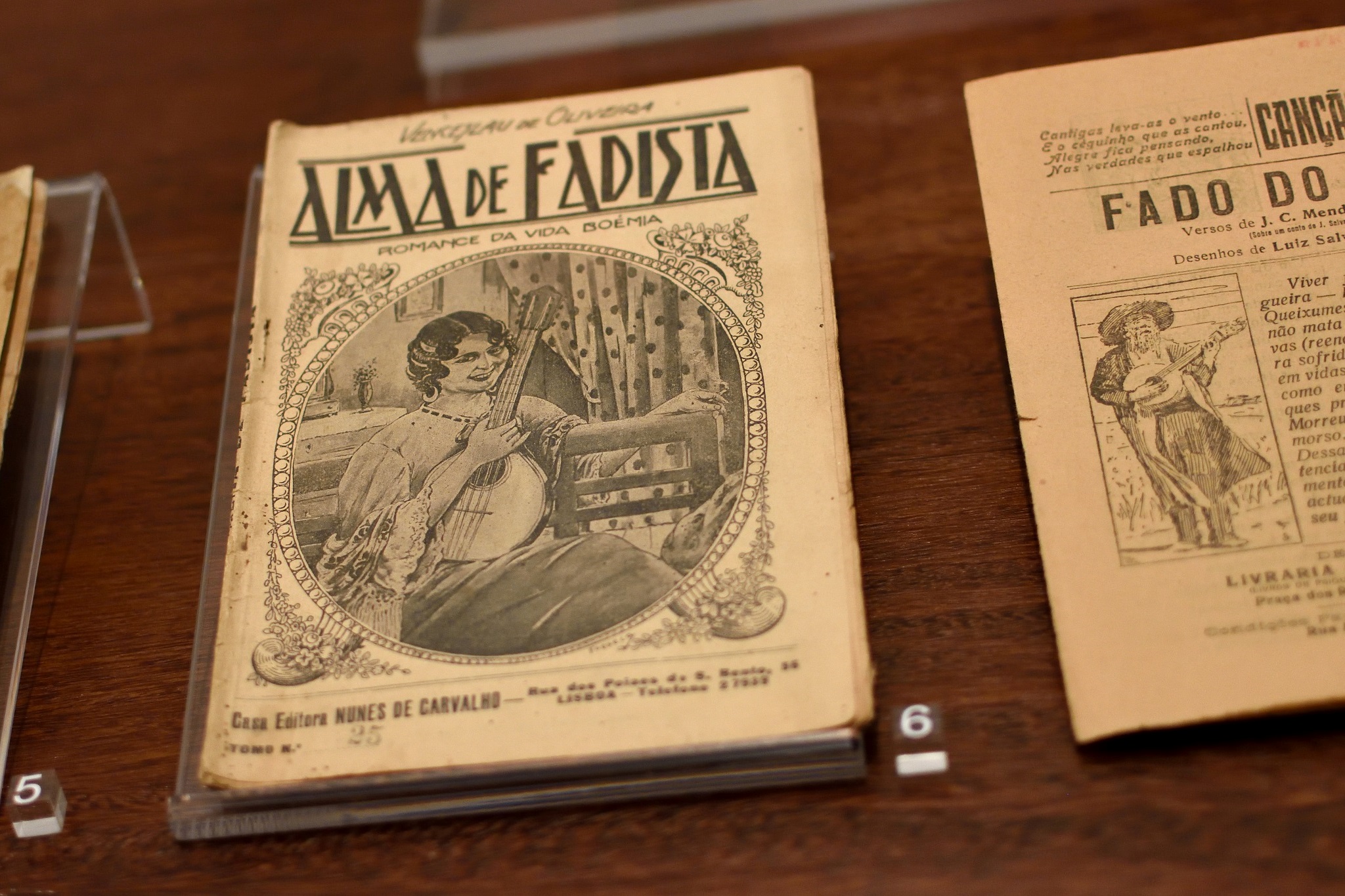
The Fado Museum provides visitors with comprehensive information about Fado, a 19th-century music characterized by tragic melody and lyrics. The melody genre is inseparable from Portuguese culture. Although initially associated with cegadas, but later associated with cultural performances, Fado adopts modern dimensions, and the museum illustrates this evolution through photographs, video materials and music records.
Coastal Road Trips
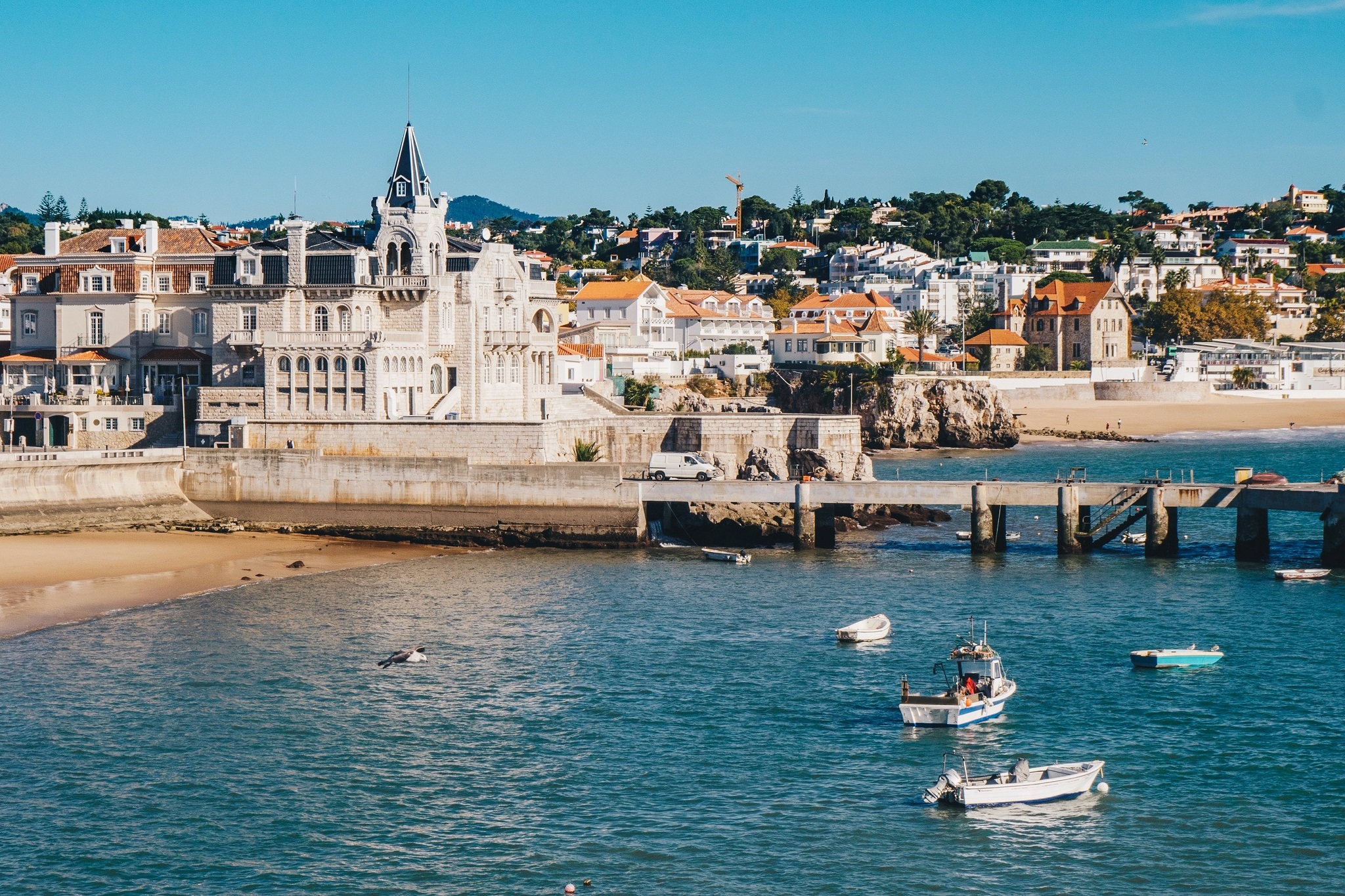
After visiting Lisbon, follow the scenic coastal road to Cascais and Sintra, which is only a 30-minute drive away. The former was once a quaint fishing village. Before it became a popular holiday destination for the aristocrats, it still had an active fish market and colorful boats. Now it is an cosmopolitan town with beautiful pedestrian streets, lush villas, fashionable shops and restaurants. A visit to the Castro Guimarães Museum gives you a glimpse of the life of the nobles in the 18th and 19th centuries. The nearest beach is Guincho, a surfing mecca backed by sand dunes.
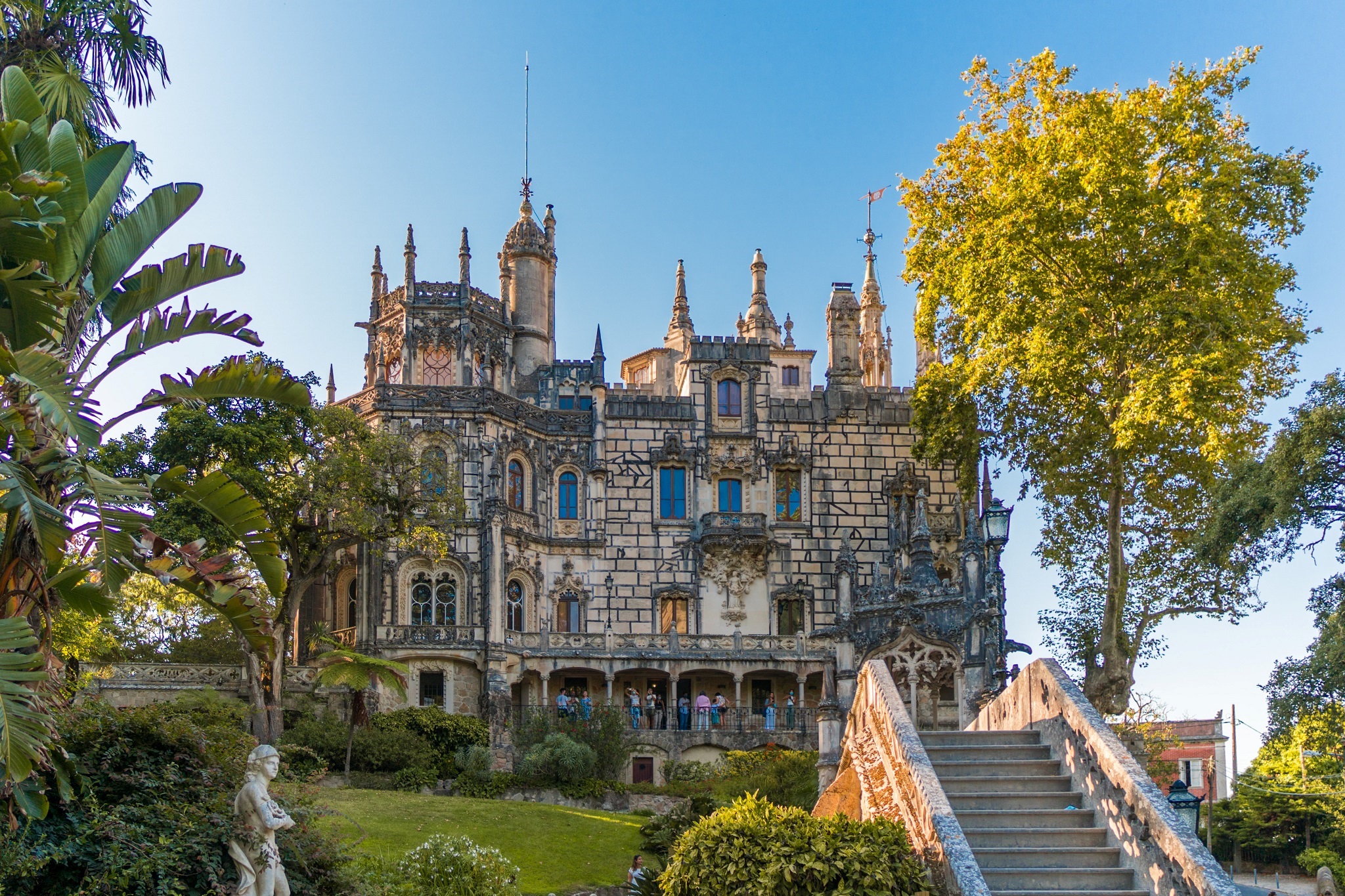
Sintra is located in the rolling hills, a 20-minute drive from Cascais. This is a charming town with palaces, castles, monasteries and monuments lined with narrow streets. It has won multiple titles of UNESCO World Cultural Heritage. Among them is the Sintra National Palace, a mixture of Gothic, Manueline and Moorish architecture.
The Moor Castle, known for its unique environment, is located high in the outpost of the Sintra-Cascais Natural Park; and the Quinta da Regaleira, which is one of the last major examples of Rococo architecture in Europe. The nearby Museum of Modern Art has a collection of European and American art from the 20th century in a restored 1920s building.
When to Go
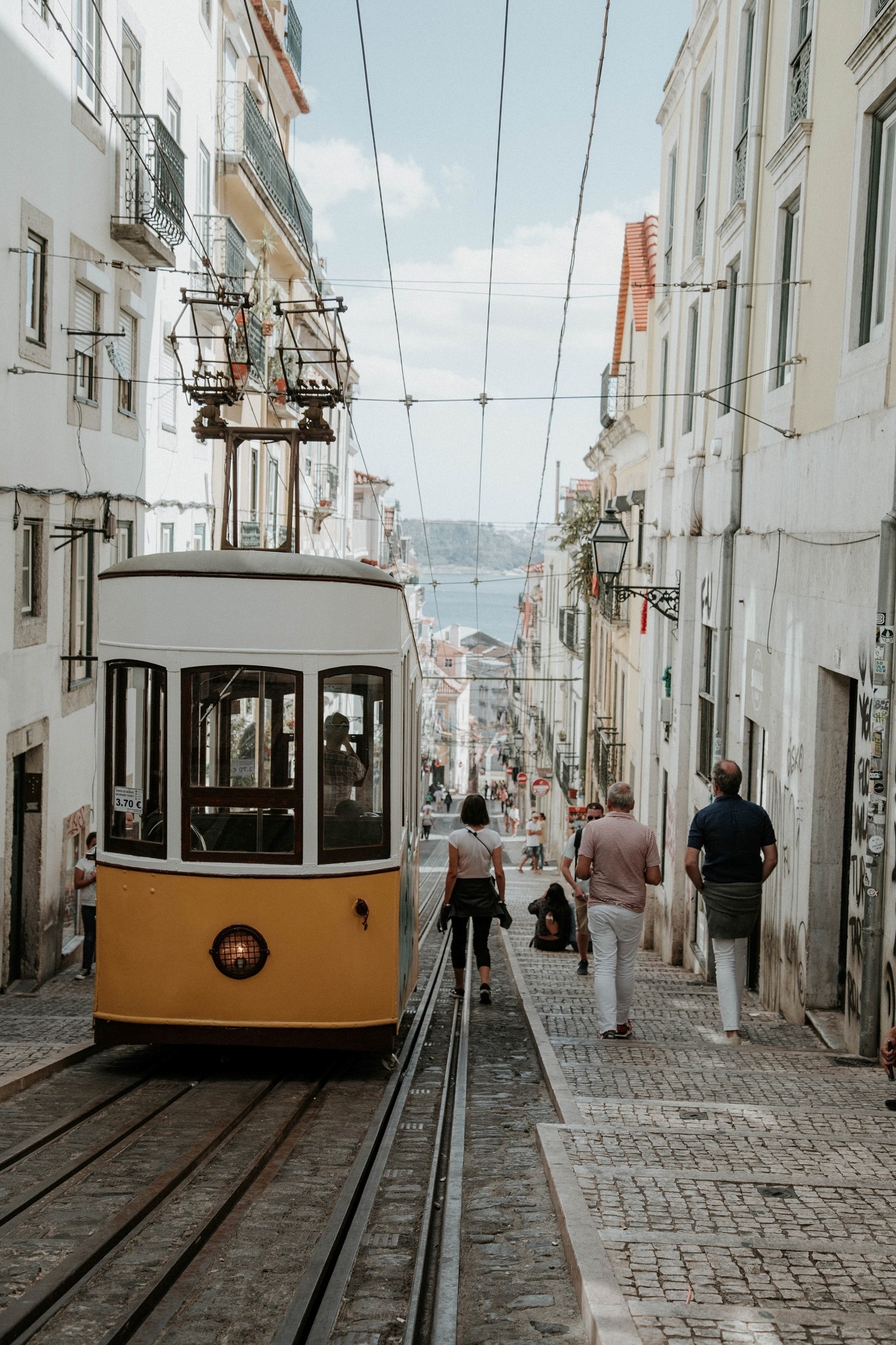
The best time to visit Portugal is from March to May or September to October. In these periods the weather is warm and there are fewer people competing for attractions. From archeology to fashion, Fado, innovative cuisine and historic castles, Lisbon is one of the most exciting destination in all Europe.
Where to Stay
Dom Pedro Lisboa
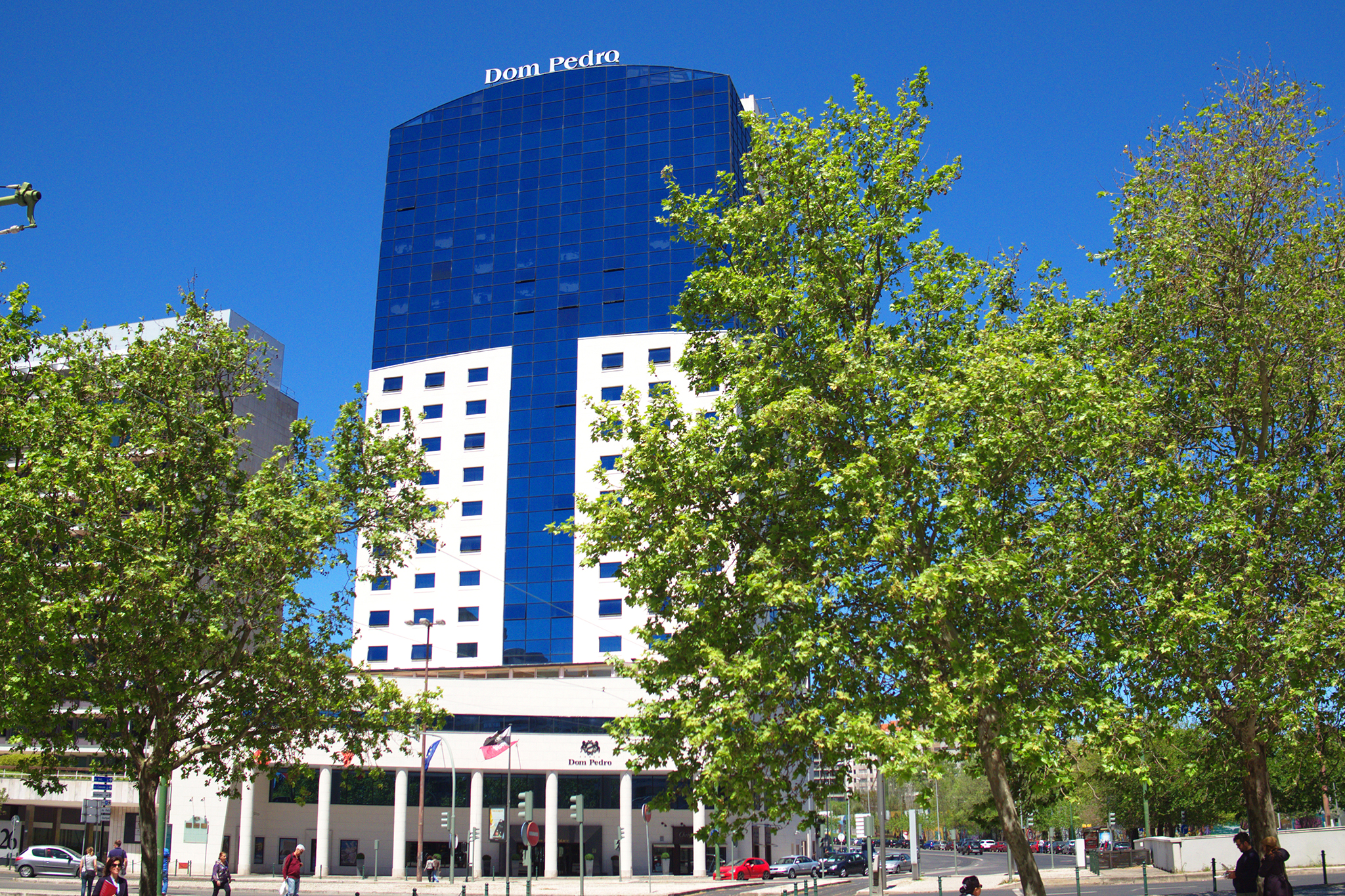
The hotel is ideally located in the center of Lisbon, but it is far from the tourist attractions. It has some of the most spacious rooms in the city and is known as one of the top business hotels in Lisbon. Dom Pedro Lisboa is strategically located in a magnificent 21-story modern building, offering top-notch exclusive facilities. All areas of the hotel are spacious, refined decorated, with a panoramic view of the city. Guests are close to Lisbon’s main commercial and financial districts and most of the main attractions of the city.
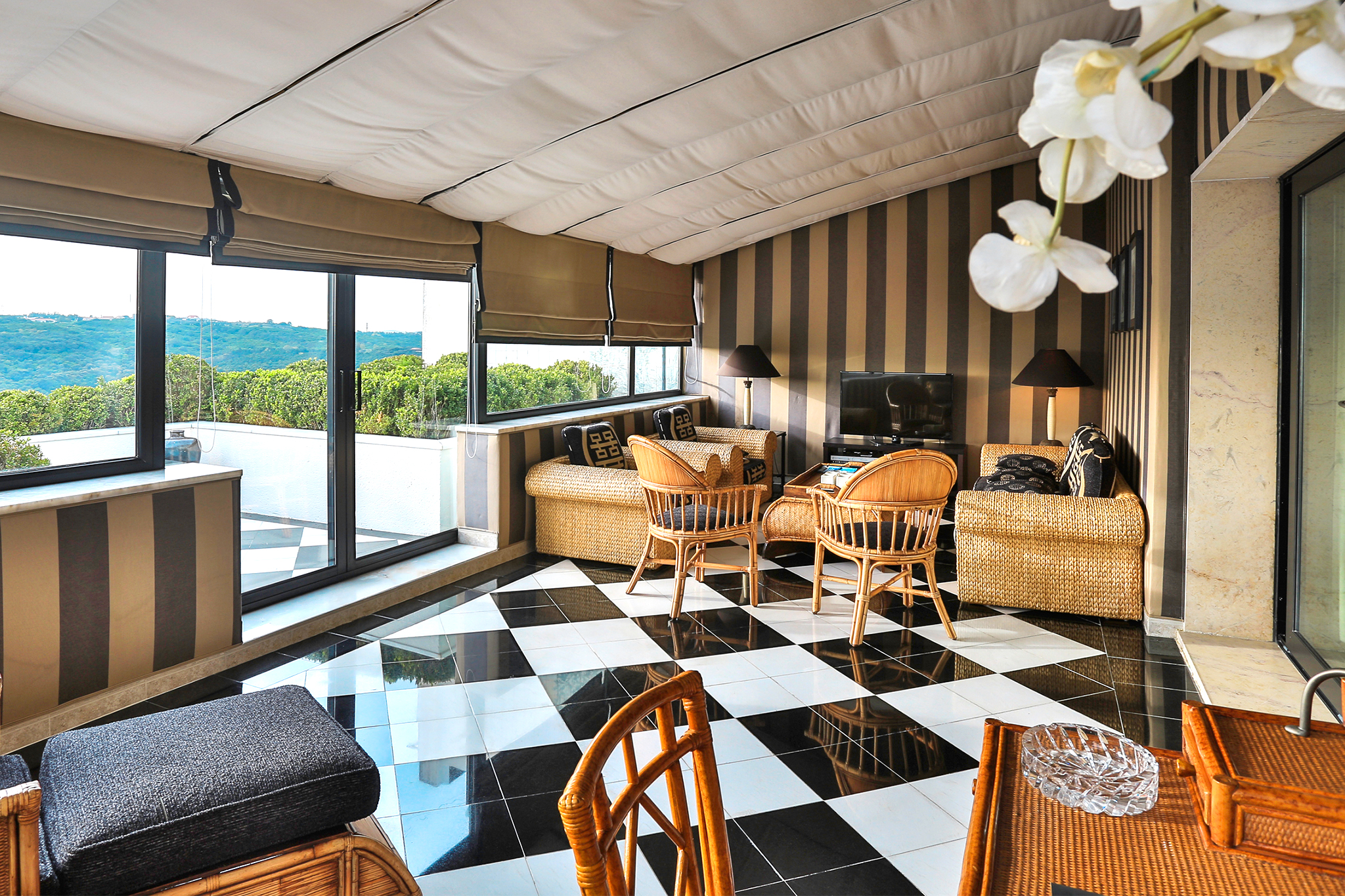
The 254 rooms and 9 suites of Dom Pedro Lisboa are spacious, especially when compared to accommodations in the historic part of the town, while the rooms on the higher floors offer views of São Jorge Castle. All rooms are classically decorated with refined curtains and neutral colors. The Tower View rooms offer panoramic views of the entire picturesque city, while the Presidential Suite offers a 360-degree panoramic view of Lisbon.
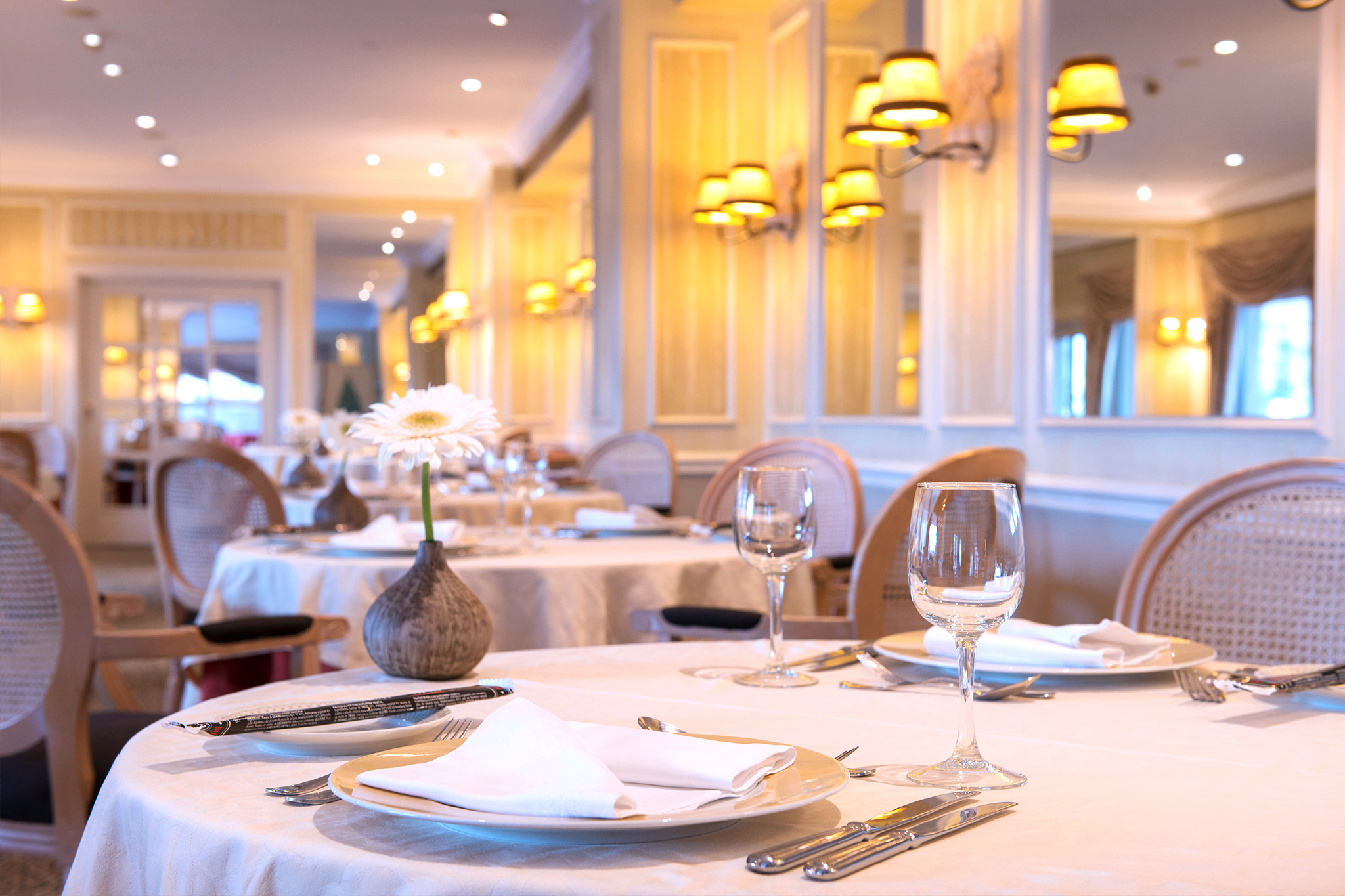
Il Gattopardo, Dom Pedro Lisboa’s formal restaurant, is one of Lisbon’s most acclaimed Italian restaurants, offering a delicious menu including fresh pasta, rich risottos and carefully made pizzas. It provides an elegant dining space with a lot of Portuguese and Italian wines. The Bistrot LeCafé provides a relaxed atmosphere where you can enjoy delicious meals during a business lunch or meeting a group of friends.
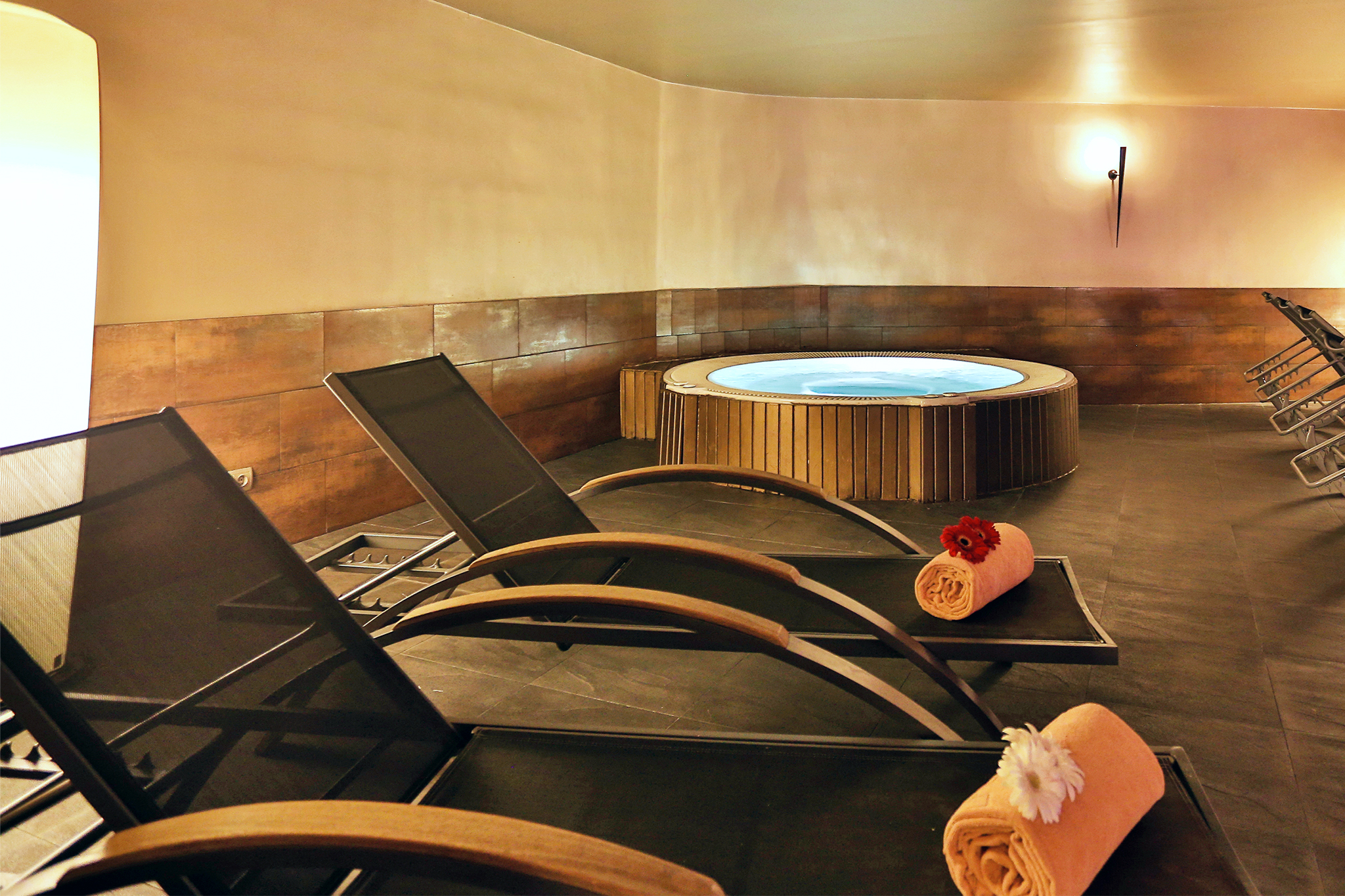
The SPA Aquae of the Dom Pedro Lisboa is one of the most famous feature of the hotel. The skilled and friendly staff will provide various massages and other body and beauty treatments. Chromotherapy is the specialty, which is said to balance energy through color and light therapy. Hotel’s indoor swimming pool is heated and is large enough for lap swimmers to exercise while not forgetting the sauna and Turkish bath for your relax.


